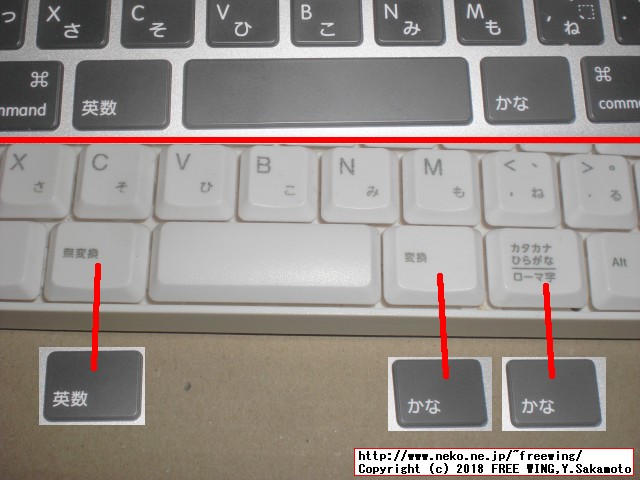

- #KARABINER ELEMENTS WINDOWS KEYBOARD FOR MAC OS#
- #KARABINER ELEMENTS WINDOWS KEYBOARD SOFTWARE#
- #KARABINER ELEMENTS WINDOWS KEYBOARD CODE#
It worked nearly perfect for me in 10.14.3 Mojave, but it only worked when the window focus was on Finder. It's been 9 months since Cobberboy posted a solution. It works perfectly to launch the calculator. In my case, I duplicated the Automator service (automator -> file -> duplicate) so that I could have two different keyboard shortcuts. Secondly, launch Automator and configure a 'launch application' service as per the instructions here, and follow the instructions to map the service as a keyboard shortcut (System Preferences -> Keyboard -> Shortcuts). The screenshot below shows my Karabiner-Elements configuration the last 2 entries are relevant ones here. 'pause') to an unused function key that your mac can recognise F13-19 (e.g. Once you add the key entries, the changes should take effect instantaneously. Then click on the dropdown button below To key and choose the alternative to your broken key. Click the dropdown button below From key and select the broken key that you want to remap. However, I can launch the calculator by remapping the otherwise-useless 'pause' key on the main keyboard, and the numlock key on the number pad (in both cases these keys are immediately to the left of the calculator key).įirst, using Karabiner-Elements, remap the keys you want to use (e.g. After installing, open Karabiner-Elements and select the Simple modifications tab. In addition to simple key remapping, it has special.
#KARABINER ELEMENTS WINDOWS KEYBOARD FOR MAC OS#
Using Karabiner-Elements I came to the same conclusion as Allan above: the keycode just doesn't get received by the OS. Karabiner, previously called KeyRemap4MacBook, is a very powerful keyboard remapper for Mac OS X. I just bought myself a (fantastic) sculpt keyboard, and had the same question. If it is being detected, there's a chance of using it, but you'll need an application to see the keypress to utilize it. If it's not being detectable at all, it's unusable.
#KARABINER ELEMENTS WINDOWS KEYBOARD SOFTWARE#
That would be a software development question outside my and this site's scope. If xev can see it, it means that the scancode is being sent, it's just the HID kexts macOS uses are insufficient.


I've used this to test and map Sun Microsystems Type 5, 6, and 7 keyboards on my Mac and can verify that it detected the extra keys. | sed -n '/keycode /s/^.*keycode \(*\).* (.*, \(.*\)).*$/\1 \2/p'īelow is some random keypresses on my wired Unix keyboard attached to my Mac. Using the following command, you can get the output of each keypress xev | grep -A2 -line-buffered '^KeyRelease' \ You'll need to run it in XQuartz which is an X11 environment.
#KARABINER ELEMENTS WINDOWS KEYBOARD CODE#
There is a utility you can use that can verify if the keyboard is sending the code or not - xev. Edit I always just use the built in system preferences means of remapping cmd and option and alt. I’m a programmer so this program saved my bacon. If macOS isn't "seeing" the scan code then there's not much that can be done in mapping it - it's got to see it to map it. I used a Karabiner script to mirror the right handed keys over to the physical left keys by holding down the spacebar while typing only with my left hand.


 0 kommentar(er)
0 kommentar(er)
